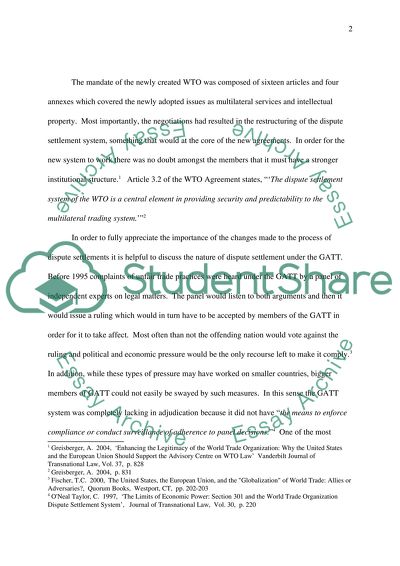Cite this document
(“Dispute Settlement in the World Trade Organisation Essay”, n.d.)
Dispute Settlement in the World Trade Organisation Essay. Retrieved from https://studentshare.org/miscellaneous/1514853-dispute-settlement-in-the-world-trade-organisation
Dispute Settlement in the World Trade Organisation Essay. Retrieved from https://studentshare.org/miscellaneous/1514853-dispute-settlement-in-the-world-trade-organisation
(Dispute Settlement in the World Trade Organisation Essay)
Dispute Settlement in the World Trade Organisation Essay. https://studentshare.org/miscellaneous/1514853-dispute-settlement-in-the-world-trade-organisation.
Dispute Settlement in the World Trade Organisation Essay. https://studentshare.org/miscellaneous/1514853-dispute-settlement-in-the-world-trade-organisation.
“Dispute Settlement in the World Trade Organisation Essay”, n.d. https://studentshare.org/miscellaneous/1514853-dispute-settlement-in-the-world-trade-organisation.


